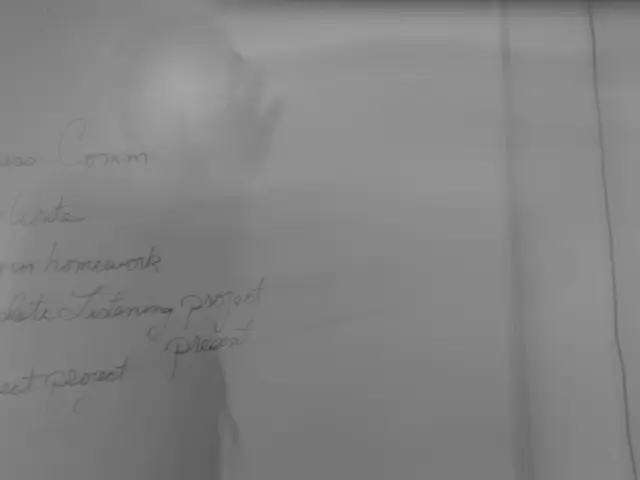Title: Space and Pregnancy: Expert Opinions on Women's Role in Cosmos
You've probably heard about Marcia Belsky's humorous song "100 Tampons" that highlights a true story about Sally Ride, the first American woman in space, who was offered an excessive supply for a brief six-day mission due to NASA's previous misunderstandings of women's needs in space. Dr. Steller, an OB-GYN and space enthusiast who's worked with various entities, focuses on the effects of spaceflight on women's reproductive health. He advocates for gender inclusion in space exploration, citing numerous advantages and debunking some common obstacles.
Initially, NASA's reluctance to send women into space stemmed from fears about space travel's potential impacts on their bodies and practical concerns like retrograde menstruation, clogged toilet filters, and male-designed equipment. However, the Artemis program, aiming to send the first woman to the Moon by 2026, and nearly 50% female astronaut classes indicate progress towards gender equality in space exploration.
Back in his 20s, attending a space industry birthday party as an intern, Dr. Steller discovered his passion for merging space travel and reproductive health. He acknowledges the challenges posed by spaceflight to the human reproductive system, such as advanced age, delayed pregnancy, and space radiation exposure. Remarkably, numerous female astronauts have gone on to have successful pregnancies after space missions, indicating some resilience. NASA even offers pre-flight egg and embryo freezing, acknowledging the career sacrifices involved in space exploration.
Even though the risks of miscarriage and complications may increase, studies have failed to link pregnancy issues to radiation or microgravity. Dr. Steller hypothesizes that one day, delivering a baby in space might be possible. His primary concerns revolve around post-childbirth complications for newborns, like developing neck strength in gravity. Despite these concerns, the focus remains on preventing pregnancy in space.
For contraception, astronauts typically use hormonal methods like the pill or intrauterine device (IUD), which have benefits and drawbacks in spaceflight. Although spaceflight might amplify some contraceptive risks, no direct space-related complications have surfaced yet. Dr. Steller emphasizes that women's health concerns are often overemphasized while male issues receive less attention.
Dr. Steller advocates for individuals' autonomy when it comes to space travel, despite individual risks. Despite advancements in space medicine, much remains unknown about women's health in space, making gender-based crew composition decisions premature. He emphasizes the importance of tailoring medical discussions to astronauts, considering distinct health concerns for both men and women.
The landscape of women's reproductive health in space is complex, involving physical and psychological impacts. Despite ongoing challenges, advancements in areas like stem cell research, biobanking, and health monitoring offer hope for safeguarding astronaut health during space exploration. NASA continually addresses these issues through initiatives like the Artemis program, radiation protection, health monitoring, and research. Ultimately, the goal is to develop a safe and equitable space environment for all astronauts.
Women's health, particularly reproductive health, has been a significant concern in space exploration. Dr. Steller, an advocate for gender inclusion in space, highlights the resilience of female astronauts who have successfully conceived after space missions. NASA acknowledges this by offering pre-flight egg and embryo freezing to mitigate career sacrifices.
The Artemis program's goal of sending the first woman to the Moon by 2026 and NASA's near-50% female astronaut classes demonstrate progress in overcoming gender stereotypes in space exploration. Sally Ride, the first American woman in space, faced challenges related to women's needs in space, as illustrated by Marcia Belsky's song "100 Tampons."
Dr. Steller's work involves debunking common obstacles and highlighting the advantages of gender inclusion in space exploration. He emphasizes that women's health concerns should receive equal attention to male issues, and astronauts rely on hormonal methods like the pill or IUD for contraception during space missions.
Artemis and other NASA initiatives prioritize ensuring a safe and equitable space environment for all astronauts. This includes developments in areas like stem cell research, biobanking, and health monitoring to safeguard astronaut health. Future goals involve potentially delivering a baby in space, although concerns remain about post-childbirth complications for newborns.






